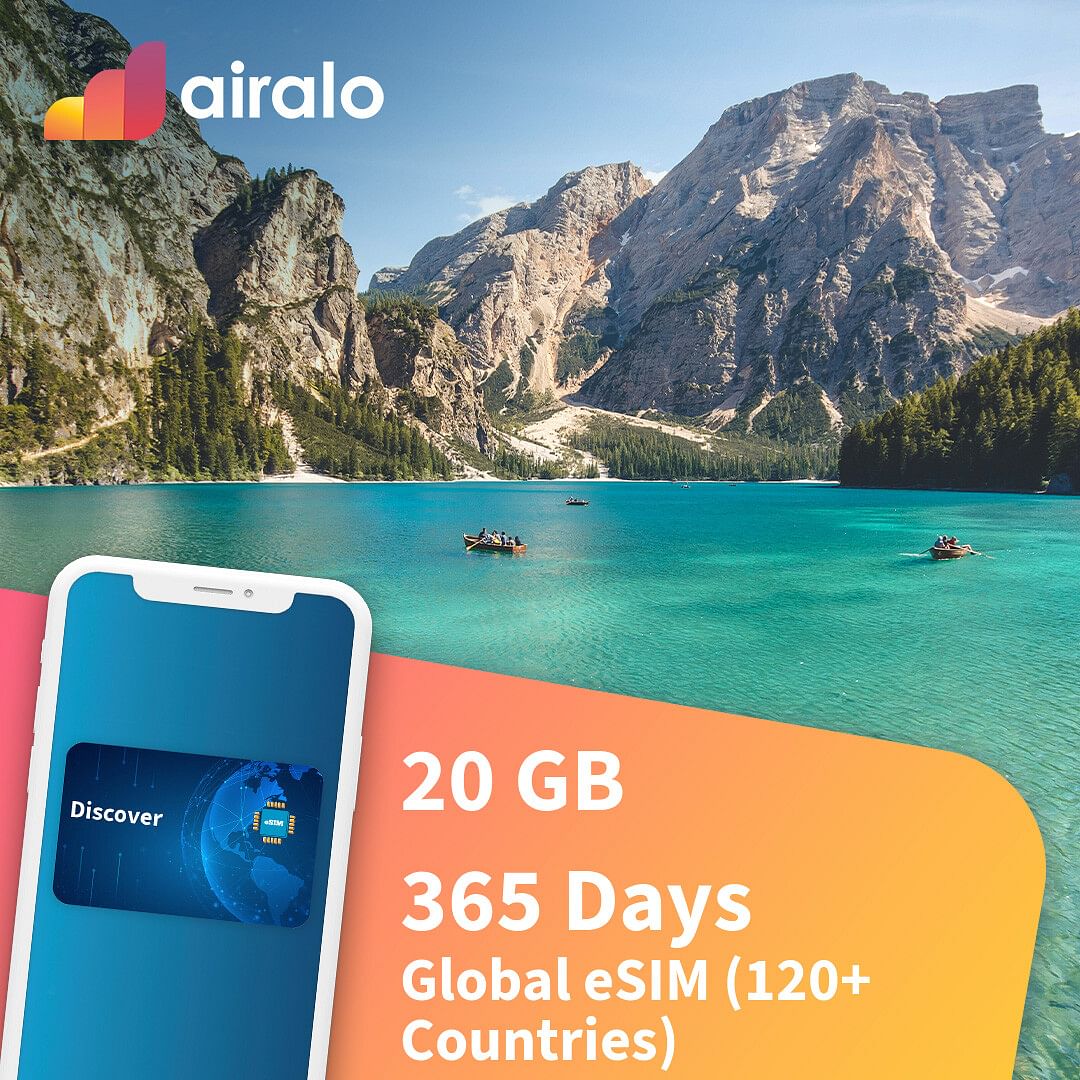
The eSIM Loyalty Trap: Are Cheap Plans Keeping You Hooked on Mediocre Service?
Let’s face it—most of us are guilty of staying in a bad relationship a little too long. But what if I told you the same thing is happening with your eSIM provider? eSIM comparison
Yep, it’s real. And it’s surprisingly common.
You grab a great deal—something like 10GB for €10—and think, “Nice! That’ll do the trick.” But then your data starts crawling when you’re in the middle of a Zoom call, or your connection flatlines the moment you step out of the airport. Still, you stay. Why?
Because switching feels like too much work, or the plan is already active, or it was just so cheap that complaining feels petty.
Let’s unpack what I call the eSIM loyalty trap—why we get stuck with bad service and how to break free in a market that was literally designed to make switching seamless.
Cheap Isn’t Always Cheerful
Let’s start with the obvious. The biggest lure for most eSIM users? Price.
There’s an endless stream of low-cost eSIM providers out there—some offering data plans that seem too good to be true. And sometimes, they are.
What’s the catch? It usually comes down to:
- Slower network prioritization
- Limited customer support
- Patchy coverage in certain regions
- No guarantees on speeds or roaming partners
Yet, many users (maybe even you?) still go back to the same provider. The logic is simple: “It’s cheap, and it kind of works.”
That “kind of” is what traps you.
Tap-to-Switch… But Do You?
eSIM technology was meant to empower travelers. No more physical SIMs. No more hunting for stores. Just scan a QR code and boom—instant connectivity.
But here’s the strange twist: while switching providers is technically easier than ever, consumer behavior hasn’t caught up.
Instead of taking advantage of that flexibility, many users act as if they’re locked into a one-year contract. They hesitate to try something new—even if their current plan barely meets their needs.
Why?
- Inertia: “I already installed this eSIM. It’s easier to just top it up.”
- Fear of the unknown: “What if the new provider is even worse?”
- Loyalty points, rewards, or minor perks that seem valuable but aren’t
- Mental fatigue: Constantly comparing plans can be overwhelming
Let’s be real: most people don’t want to spend their trip to Barcelona troubleshooting network issues or comparing 20 providers.
So they settle. Again.
Is Loyalty Even a Thing Anymore?
Here’s a question we should all ask: Should loyalty exist in a tap-to-switch world?
In the old SIM days, loyalty made sense. You had contracts. You bought a SIM card from a local store. You stayed with the same operator for years because switching was a hassle.
But now? Loyalty to a bad eSIM provider is more like staying at a hotel that overcharges you and has cockroaches—just because it’s a few steps from the train station.
Harsh, maybe. True? Absolutely.
Unless an eSIM provider gives you:
- Consistent performance
- Good value for money
- Responsive support
- Clear, honest terms
…then they haven’t earned your loyalty. And if switching takes two minutes, why not treat your data plan like you treat your coffee order—change it up when it stops satisfying you.
When Loyalty Backfires
There’s nothing wrong with sticking to what works. If you’ve found an affordable provider that consistently delivers good service, that’s not a trap—that’s a win.
But here’s when loyalty becomes a problem:
- You keep topping up a plan that routinely fails in key places (e.g., airport, hotel, rural areas).
- You accept poor speeds and tell yourself it’s “normal” abroad.
- You avoid trying a new provider even though your current one has zero coverage in your next destination.
- You keep using the same app just because it’s already installed—even though there are better-rated options out there.
In these cases, loyalty isn’t about trust. It’s about convenience—and fear of change.
Breaking the Habit: What Smart Users Do
So how do you avoid falling into the eSIM loyalty trap?
Here are a few strategies used by savvy digital nomads and frequent travelers:
1. Try Multi-eSIM Setups
Use two or more eSIMs from different providers. One as your main, one as backup. That way, if one fails, you’re not left hanging.
2. Use Short-Term Plans First
Don’t commit to 30 days just because it’s cheaper per GB. Try 7-day or smaller data packs to test performance before going all-in.
3. Monitor Performance
Pay attention to how your eSIM behaves in different regions or times of day. If you notice slow speeds or dropouts regularly, it’s not you—it’s them.
4. Read Recent Reviews
Providers change roaming partners often. A great provider in Spain six months ago might be a disaster now. Always check current feedback.
5. Don’t Ignore “Smaller” Brands
Some niche eSIM providers are doing fantastic things—like using AI to pick the best local carrier or offering seamless switching without new QR codes. Explore!
The Real Cost of “Cheap”
Let’s not sugarcoat this—poor connectivity has real consequences:
- Missed meetings
- Navigation problems
- Frustration during remote work
- Wasted money on hotspots or local SIMs
A €2 savings means nothing if your video call drops or you lose 45 minutes trying to connect.
Sometimes, paying a bit more is the smart move.
Final Thoughts: Rethink Loyalty eSIM comparison
The beauty of eSIMs is that they put control in your hands. That’s why sticking with a mediocre provider out of habit is so ironic—it goes against the very spirit of eSIM freedom.
You’re not tied down. You don’t owe any company your loyalty. And unless a provider consistently delivers value, performance, and reliability, you shouldn’t feel guilty for moving on.
In a market where switching is just a tap away, loyalty should be earned—not assumed.
So ask yourself this: Is your eSIM provider really good… or just good enough to stop you from looking around?
To make smarter choices without the guesswork, the Alertify Best eSIM Finder tool helps you compare providers by speed, coverage, and real user feedback—all in one place.
And if it’s the latter, maybe it’s time to scan a new QR code.










